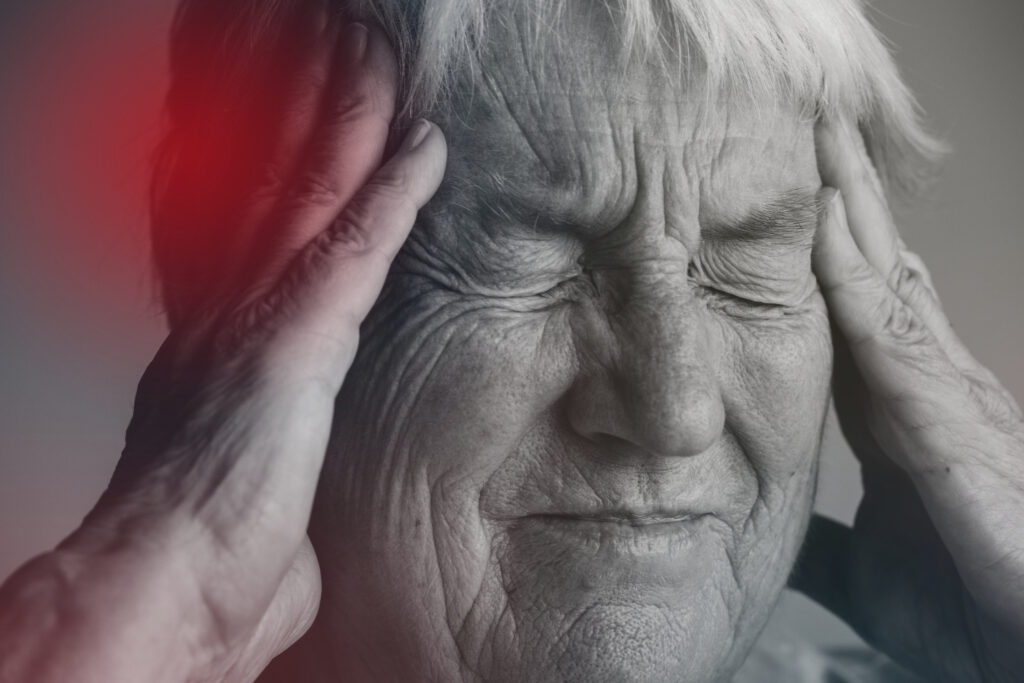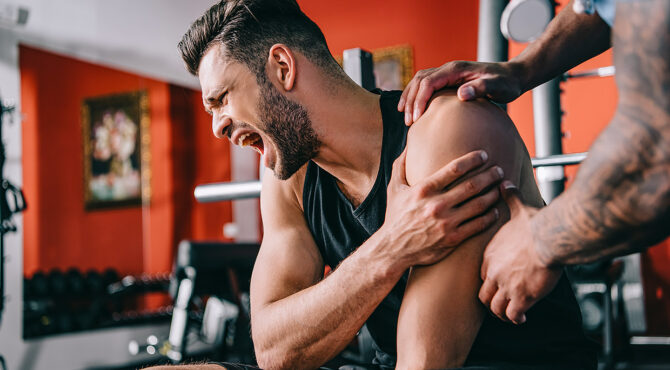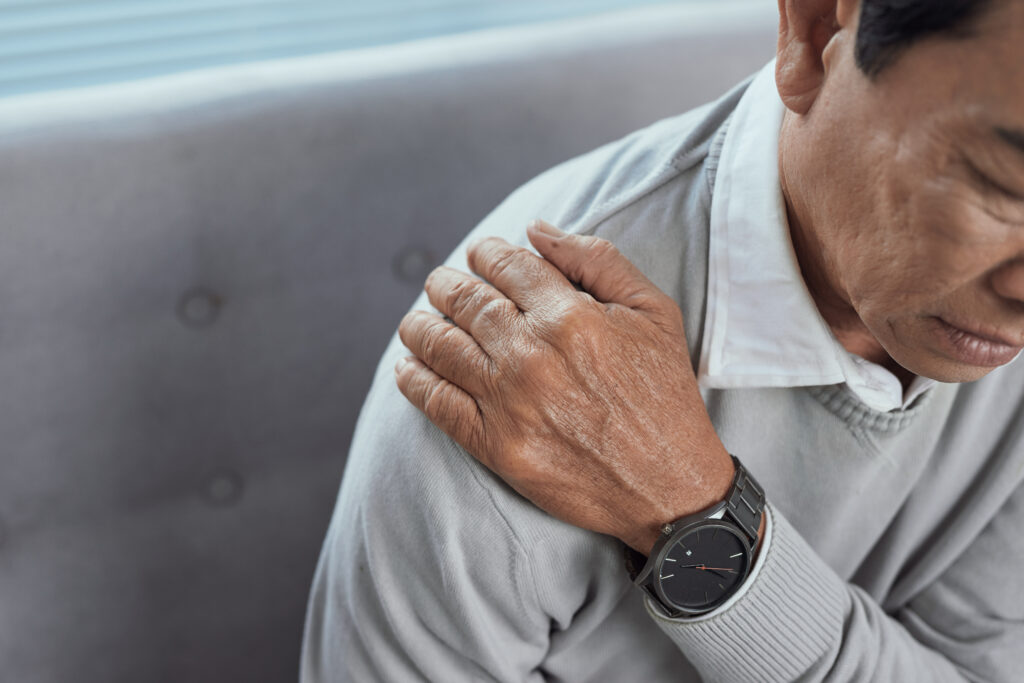When you're dealing with a sports injury, it's essential to know your options for relief. You might consider over-the-counter medications like NSAIDs or explore physical therapy techniques to aid your recovery. Alternative treatments such as acupuncture could also play a role in your healing process. Don't forget the importance of rest and proper nutrition in your regimen. However, knowing when to seek professional help can make all the difference in your recovery journey. What steps will you take next to guarantee you're back in the game?
Over-the-Counter Medications
When you're dealing with a sports injury, over-the-counter medications can provide quick relief. These medications are easily accessible and can help alleviate pain, reduce inflammation, and make your recovery process smoother.
Nonsteroidal anti-inflammatory drugs (NSAIDs) like ibuprofen and naproxen are often the go-to options. They're effective at managing pain while also tackling swelling and inflammation. Remember to follow the recommended dosages to avoid side effects.
Acetaminophen is another option you might consider. It's primarily a pain reliever and doesn't have the anti-inflammatory properties of NSAIDs, but it's gentler on your stomach and suitable for those who may have sensitivities to NSAIDs. If you're unsure which medication is best for you, consulting a healthcare professional can provide clarity.
Topical analgesics, like creams and gels, can also be beneficial. They're applied directly to the skin and can offer localized relief without the systemic effects of oral medications. Products containing menthol or capsaicin can create a warming or cooling sensation, which might help distract your body from the pain.
Keep in mind that while over-the-counter medications can be effective for short-term relief, they shouldn't replace a thorough treatment plan for your injury. Always listen to your body; if pain persists or worsens, it's essential to seek medical advice.
Taking the right steps now can help you get back to your game sooner, so don't hesitate to reach for that medicine cabinet.
Physical Therapy Techniques
Physical therapy techniques play an essential role in recovering from sports injuries and can greatly enhance your rehabilitation process. When you work with a physical therapist, they'll tailor a program specifically for your needs, focusing on restoring strength, flexibility, and function.
One common technique is therapeutic exercise, which helps you regain strength and improve your range of motion. Your therapist may guide you through specific exercises designed to target the injured area while also strengthening surrounding muscles. Strengthening exercises can considerably reduce the risk of future injuries.
Manual therapy is another important technique. This hands-on approach involves mobilizing joints and soft tissues to relieve pain and improve movement. Your therapist might use techniques like massage, joint mobilization, or myofascial release to help ease tension and promote healing.
You might also benefit from modalities like ultrasound or electrical stimulation. These techniques can help reduce inflammation, alleviate pain, and promote tissue healing. They're often used in conjunction with other therapies to enhance your overall recovery.
Finally, your therapist may teach you about proper body mechanics and posture, which is essential for preventing re-injury. Learning how to move correctly can make a big difference in your long-term recovery.
Alternative Treatment Options
Are you exploring alternative treatment options for sports injuries? You're not alone. Many athletes turn to these methods when traditional treatments don't provide the relief they need. Here are some effective alternatives you might consider.
Acupuncture is one option that's gained popularity. This ancient practice involves inserting thin needles into specific points on your body. Many athletes find it helps reduce pain and inflammation, promoting faster healing. If you're open to trying something different, it might be worth a shot.
Chiropractic care is another alternative. Chiropractors focus on aligning your spine and improving your body's overall function. Regular adjustments can alleviate discomfort and enhance your performance by guaranteeing your body is in ideal condition.
Massage therapy also offers significant benefits. Whether it's deep tissue, sports, or trigger point therapy, skilled massage can improve circulation, reduce muscle tension, and aid recovery. It's a great way to complement your existing treatment plan.
You might also explore herbal remedies and supplements. Natural anti-inflammatories like turmeric or ginger can support your recovery. However, always consult with a healthcare professional before adding any supplements to your routine.
Lastly, consider mindfulness practices, such as yoga or meditation. These techniques can help manage pain and improve your mental resilience, which is vital during recovery.
Incorporating these alternative treatment options could enhance your healing process and help you get back to the sport you love. Remember, always consult with a healthcare provider to make sure your chosen methods align with your recovery plan.
Rest and Recovery Strategies
Exploring alternative treatments can be a great start, but rest and recovery strategies play an important role in your healing process. When you sustain a sports injury, giving your body the time it needs to heal is vital. This doesn't just mean taking a break from your sport; it involves several proactive steps to guarantee a full recovery.
First, listen to your body. If you feel pain or discomfort, don't push through it. Allow yourself to rest. This may mean taking a few days off or, depending on the severity, longer. You should also consider implementing ice therapy to reduce swelling and alleviate pain. Applying ice for 15-20 minutes several times a day can be effective.
Next, focus on nutrition. Fueling your body with the right nutrients can greatly impact your recovery. Incorporate plenty of protein, vitamins, and minerals into your diet. Foods rich in omega-3 fatty acids, such as fish, can help reduce inflammation.
Additionally, don't underestimate the power of gentle movement. Once the initial pain subsides, consider engaging in light stretching or low-impact activities. This can help maintain your range of motion and prevent stiffness.
Lastly, prioritize sleep. Quality rest provides your body with the energy and resources it needs to repair itself. Aim for 7-9 hours of sleep each night to facilitate the healing process.
When to Seek Professional Help
Recognizing when to seek professional help is important for your recovery process. If you're experiencing persistent pain, swelling, or limited mobility after an injury, it's time to consult a healthcare professional.
Don't ignore these signs, as they can indicate more serious issues that require intervention. You should also seek help if your injury affects your ability to perform daily activities or return to your sport.
If you find that basic movements—like walking, running, or lifting—cause discomfort, professional advice can be indispensable. A physical therapist or sports physician can provide a proper diagnosis and tailored treatment plan.
Another significant moment to reach out is when home remedies and rest aren't yielding improvement. If you've been following the RICE method—rest, ice, compression, and elevation—for a week without noticeable progress, it's wise to get a professional opinion.
They can assess your condition and recommend more advanced treatments, like physical therapy or imaging tests.
Finally, if you suspect a fracture, dislocation, or severe ligament injury, don't hesitate. Immediate medical attention is essential to prevent further damage.
Conclusion
Injuries can be frustrating, but you've got plenty of options for relief. Whether you choose over-the-counter medications, physical therapy, or alternative treatments, finding what works best for you is key. Don't forget the importance of rest and recovery strategies, too. If your symptoms linger or worsen, don't hesitate to reach out to a healthcare professional. Taking proactive steps now will help you get back to doing what you love sooner.



